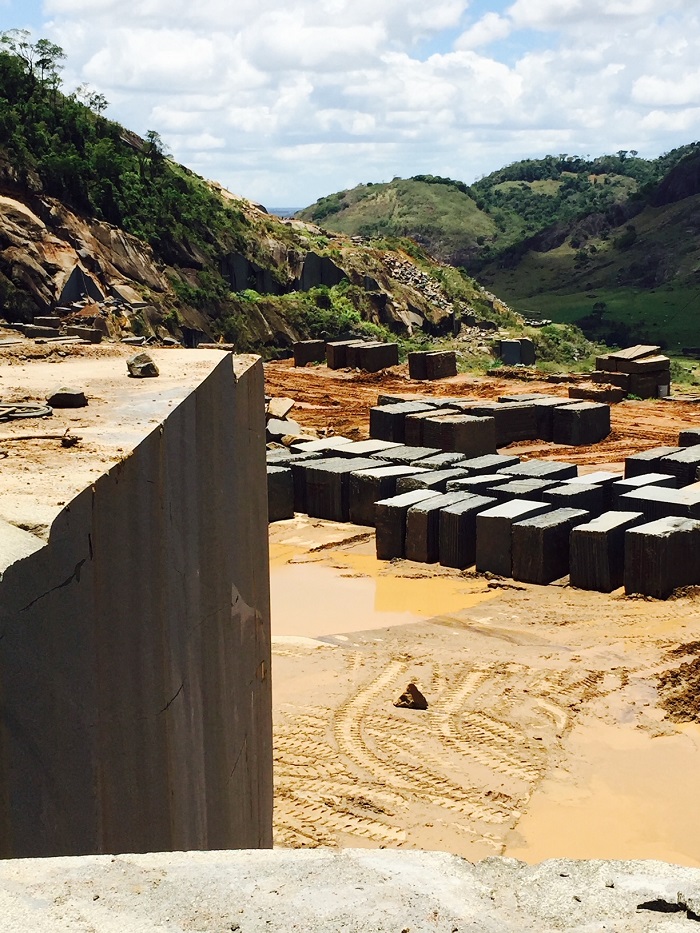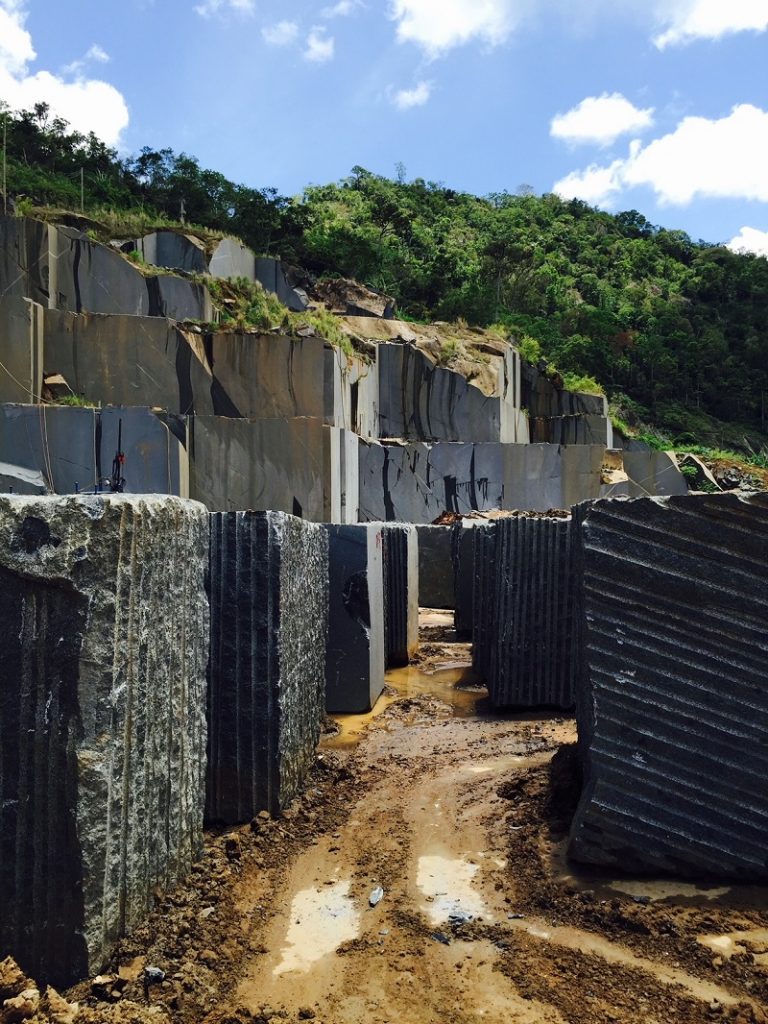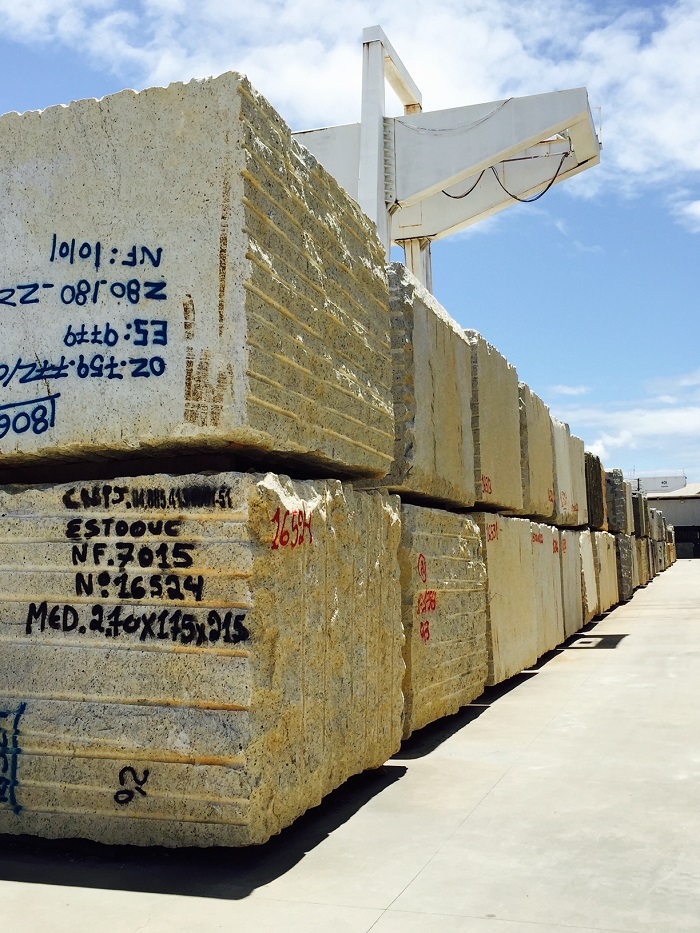When you think of a classic kitchen, what comes to mind? Perhaps the warm glow of sunlight streaming through a window, the rich aroma of freshly baked goods, and, prominently, the elegant surface of a marble countertop. Marble has not only been a favored choice for countertops due to its aesthetic appeal but has also played a pivotal role in the world of baking for centuries. Let’s explore the fascinating history of marble countertops and their enduring connection to the art of baking.

Bakers have long revered marble for its functional qualities. Its smooth surface is ideal for rolling out dough, and its thermal properties help maintain consistent temperatures. This is particularly important for delicate pastries like puff pastry or croissants, where the incorporation of butter must be managed carefully to achieve the perfect flaky texture.
In addition to functionality, marble also provides a certain level of elegance to the kitchen. The rich veins and varied colors of marble add an artistic touch, transforming a baking space into a chef’s haven. Iconic figures in baking, from Marie Antoinette’s chefs to modern pastry artists, have embraced marble, making it a symbol of culinary excellence.
To keep your marble in pristine condition, a few simple steps can make all the difference. Always use a cutting board to prevent scratches, and clean spills promptly to avoid staining. For deep cleans, a gentle pH-neutral cleaner works wonders. Regular sealing will help protect the surface, allowing you to bake without worry.
Are you a baker and ready to roll out your dough on a new marble countertop? Contact Exquisite Stone today for options and pricing!










